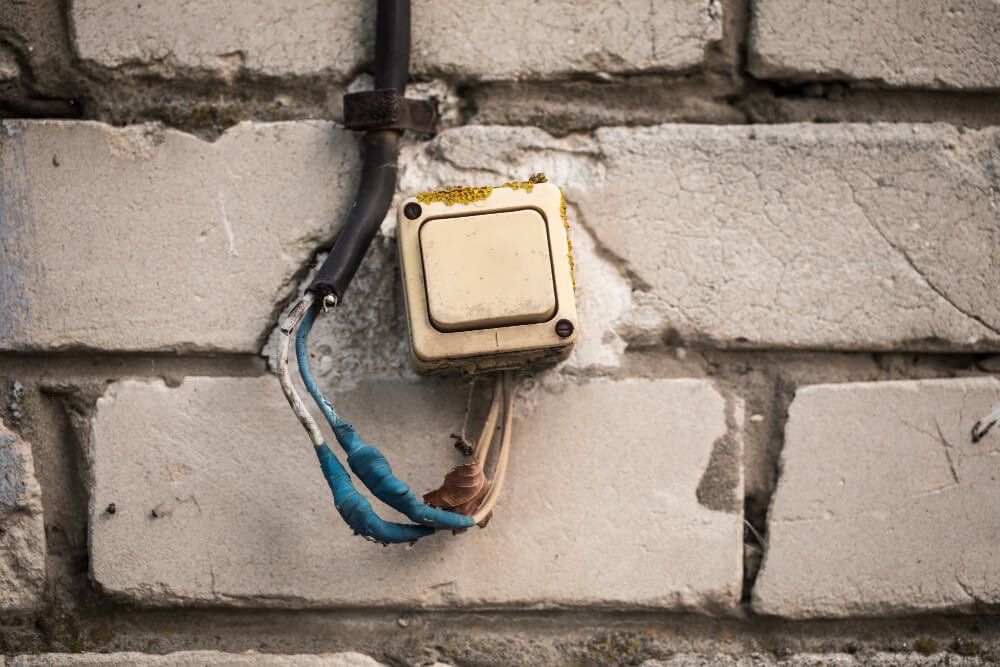
Electricity theft is a significant challenge faced by utilities worldwide, resulting in substantial revenue losses and grid instability. This article explores various methods and technologies used to detect and prevent electricity theft, providing a comprehensive guide for utilities and consumers alike.
Electricity theft, also known as non-technical loss, involves the illegal consumption of power by bypassing the metering system or tampering with the meter. This practice not only causes economic losses but also poses serious safety risks and operational challenges for energy suppliers.
Technological Solutions
- Smart Meters and AMI Systems: Advanced Metering Infrastructure (AMI) and smart meters play a pivotal role in detecting unusual patterns that may indicate theft. These systems provide real-time data and analytics, enabling utilities to quickly identify and address discrepancies.
- Tamper Detection Sensors: Many modern meters are equipped with sensors that alert utilities to any physical tampering or unauthorized access to the meter box.
- Artificial Intelligence and Machine Learning: AI and ML algorithms are increasingly being employed to analyze consumption patterns and identify anomalies that traditional methods might miss.
Behavioral and Physical Inspections
- Routine Audits and Inspections: Regular inspections of meter installations and review of consumption patterns can help detect irregularities.
- Public Awareness Campaigns: Educating consumers about the legal and safety implications of electricity theft can reduce its occurrence.
Legal Framework and Policy Enforcement Strengthening regulatory frameworks and imposing strict penalties for offenders is crucial for deterring electricity theft. Collaboration between legal authorities and utilities helps enforce laws more effectively.
FAQs
A: Unusual fluctuations in power usage, damaged meter seals, and unauthorized connections are typical indicators.
A: Smart meters provide detailed usage data, making spotting inconsistencies and tampering easier.
A: Consumers can report suspicious activities and irregularities in their billing or power supply.
Conclusion
Detecting and combating electricity theft requires a combination of technology, community engagement, and robust legal frameworks. Utilities can significantly reduce losses and ensure a stable power supply by implementing advanced detection methods and fostering a compliance culture.
